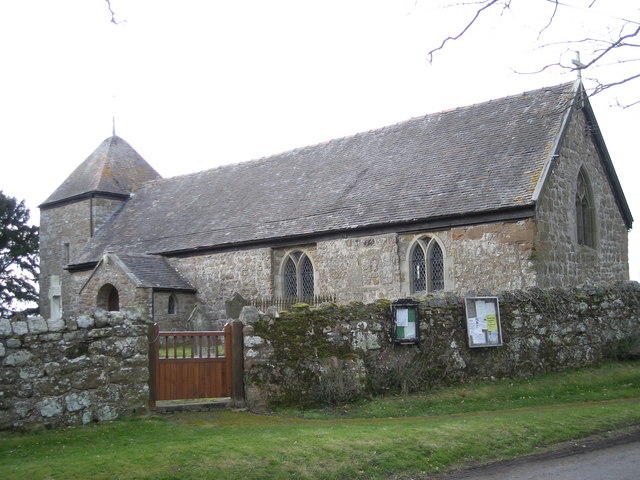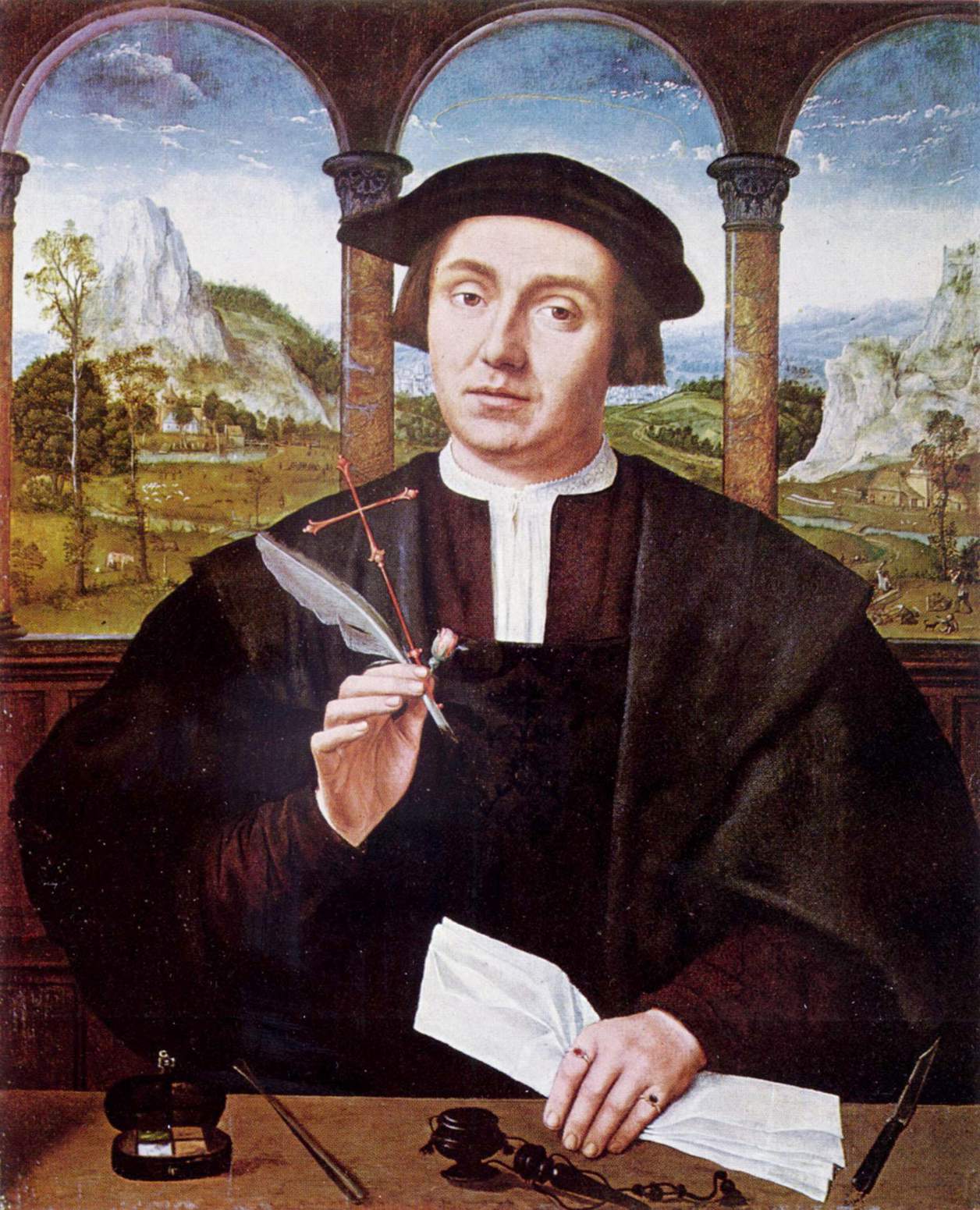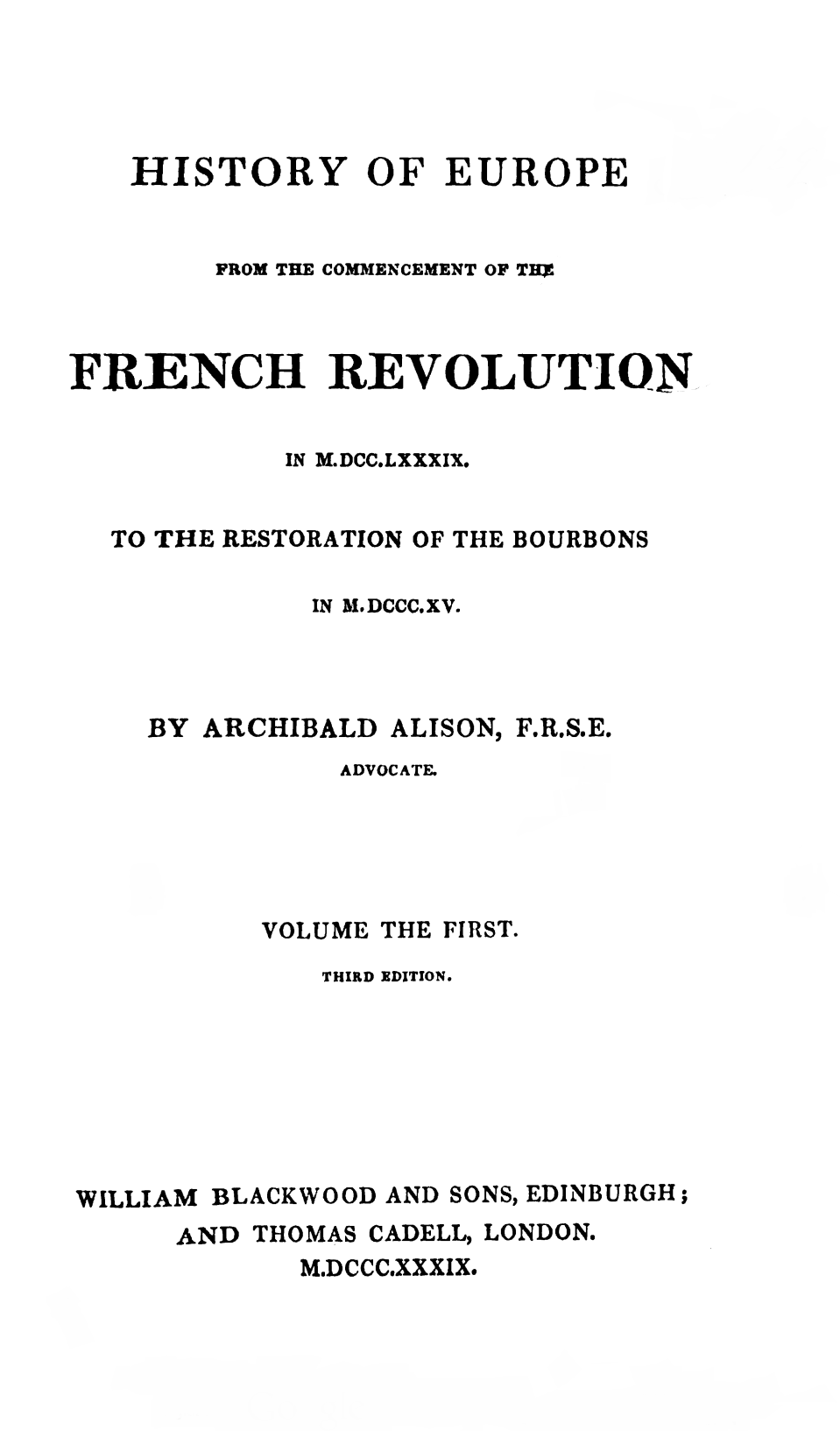|
Kenley, Shropshire
Kenley is a small village and civil parish in the English county of Shropshire. It is located in remote countryside, atop a ridge at around above sea level. It is near the larger villages of Acton Burnell, about three miles to the north-west, and Harley, about two miles to the east. The population of the civil parish at the 2011 census was 258. The name is probably formed from the Old English personal name ''Cenna'' with ''-ley'', meaning a clearing in a wood.Raven, M. ''A Guide to Shropshire'', 2005, p.102 To the west are the hamlets of Ruckley and Langley, which form a separate civil parish. The historian Archibald Alison and statistician William Farr were born in Kenley. Notable people * Archibald Alison, (1757-1839), Scots essayist, onetime parish rector. *Sir Archibald Alison, 1st Baronet, (1792-1867), historian and advocate, his son *William Farr William Farr CB (30 November 1807 – 14 April 1883) was a British epidemiologist, regarded as one of the founder ... [...More Info...] [...Related Items...] OR: [Wikipedia] [Google] [Baidu] |
Shropshire
Shropshire (; alternatively Salop; abbreviated in print only as Shrops; demonym Salopian ) is a landlocked historic county in the West Midlands region of England. It is bordered by Wales to the west and the English counties of Cheshire to the north, Staffordshire to the east, Worcestershire to the southeast, and Herefordshire to the south. A unitary authority of the same name was created in 2009, taking over from the previous county council and five district councils, now governed by Shropshire Council. The borough of Telford and Wrekin has been a separate unitary authority since 1998, but remains part of the ceremonial county. The county's population and economy is centred on five towns: the county town of Shrewsbury, which is culturally and historically important and close to the centre of the county; Telford, which was founded as a new town in the east which was constructed around a number of older towns, most notably Wellington, Dawley and Madeley, which is today th ... [...More Info...] [...Related Items...] OR: [Wikipedia] [Google] [Baidu] |
Ruckley And Langley
Ruckley and Langley is a civil parish in Shropshire, England. It is centred on the hamlets of Ruckley and Langley. The population at the 2011 census can be found under Frodesley. It is situated south of Acton Burnell and west of Kenley.Ordnance Survey mapping Langley Chapel, in Langley, is a small church, built in 1601, and now owned by English Heritage English Heritage (officially the English Heritage Trust) is a charity that manages over 400 historic monuments, buildings and places. These include prehistoric sites, medieval castles, Roman forts and country houses. The charity states that i .... References Civil parishes in Shropshire Villages in Shropshire {{Shropshire-geo-stub ... [...More Info...] [...Related Items...] OR: [Wikipedia] [Google] [Baidu] |
Listed Buildings In Kenley, Shropshire
Kenley is a civil parish in Shropshire, England. It contains nine listed buildings that are recorded in the National Heritage List for England The National Heritage List for England (NHLE) is England's official database of protected heritage assets. It includes details of all English listed buildings, scheduled monuments, register of historic parks and gardens, protected shipwrecks, a .... Of these, one is at Grade II*, the middle of the three grades, and the others are at Grade II, the lowest grade. The parish contains the village of Kenley and the surrounding countryside. The listed buildings consist of a church and its churchyard wall, and houses and cottages in or near the village. __NOTOC__ Key Buildings References Citations Sources * * * * * * * * * * * {{DEFAULTSORT:Kenley, Shropshire Lists of buildings and structures in Shropshire ... [...More Info...] [...Related Items...] OR: [Wikipedia] [Google] [Baidu] |
Advocate
An advocate is a professional in the field of law. Different countries' legal systems use the term with somewhat differing meanings. The broad equivalent in many English law–based jurisdictions could be a barrister or a solicitor. However, in Scottish, Manx, South African, Italian, French, Spanish, Portuguese, Scandinavian, Polish, Israeli, South Asian and South American jurisdictions, "Advocate" indicates a lawyer of superior classification. "Advocate" is in some languages an honorific for lawyers, such as " Adv. Sir Alberico Gentili". "Advocate" also has the everyday meaning of speaking out to help someone else, such as patient advocacy or the support expected from an elected politician; this article does not cover those senses. Europe United Kingdom and Crown dependencies England and Wales In England and Wales, Advocates and proctors practiced civil law in the Admiralty Courts and also, but in England only, in the ecclesiastical courts of the Church of England, ... [...More Info...] [...Related Items...] OR: [Wikipedia] [Google] [Baidu] |
Historian
A historian is a person who studies and writes about the past and is regarded as an authority on it. Historians are concerned with the continuous, methodical narrative and research of past events as relating to the human race; as well as the study of all history in time. Some historians are recognized by publications or training and experience.Herman, A. M. (1998). Occupational outlook handbook: 1998–99 edition. Indianapolis: JIST Works. Page 525. "Historian" became a professional occupation in the late nineteenth century as research universities were emerging in Germany and elsewhere. Objectivity During the ''Irving v Penguin Books and Lipstadt'' trial, people became aware that the court needed to identify what was an "objective historian" in the same vein as the reasonable person, and reminiscent of the standard traditionally used in English law of "the man on the Clapham omnibus". This was necessary so that there would be a legal benchmark to compare and contrast the scholar ... [...More Info...] [...Related Items...] OR: [Wikipedia] [Google] [Baidu] |
Archibald Alison (author)
Archibald Alison FRS FRSE (13 November 175717 May 1839) was a Scottish episcopalian priest and essayist. Early life He was born in Edinburgh, to Patrick Alison a Edinburgh magistrate, himself a younger son of an Alison of Newhall, near Coupar Angus. After studying at the University of Glasgow, where he established his lifelong friendship with Dugald Stewart, and at Balliol College, Oxford, he took orders in the Church of England, and was appointed in 1778 to the curacy of Brancepeth, near Durham. In 1784 he married Dorothea Gregory, youngest daughter of Professor Gregory of Edinburgh. Career The next 20 years of his life were spent in Shropshire, where he held in succession the livings of High Ercall, Rodington and Kenley. In 1800 he moved back to Edinburgh, having been appointed senior incumbent of St Paul's Chapel in the Cowgate. For 34 years he filled this position with much ability; his sermons were characterised by quiet beauty of thought and grace of composition. His ... [...More Info...] [...Related Items...] OR: [Wikipedia] [Google] [Baidu] |
William Farr
William Farr CB (30 November 1807 – 14 April 1883) was a British epidemiologist, regarded as one of the founders of medical statistics. Early life William Farr was born in Kenley, Shropshire, to poor parents. He was effectively adopted by a local squire, Joseph Pryce, when Farr and his family moved to Dorrington. In 1826 he took a job as a dresser (surgeon's assistant) in the Salop Infirmary in Shrewsbury and served a nominal apprenticeship to an apothecary. Pryce died in November 1828, and left Farr £500 (), which allowed him to study medicine in France and Switzerland. In Paris he heard Pierre Charles Alexandre Louis lecture. Farr returned to England in 1831 and continued his studies at University College London, qualifying as a licentiate of the Society of Apothecaries in March 1832. He married in 1833 and started a medical practice in Fitzroy Square, London. He became involved in medical journalism and statistics. General Register Office In 1837 the General Regis ... [...More Info...] [...Related Items...] OR: [Wikipedia] [Google] [Baidu] |
Sir Archibald Alison, 1st Baronet
Sir Archibald Alison, 1st Baronet, (29 December 179223 May 1867) was an England-born Scottish advocate (attorney) and historian. He held several prominent legal appointments. He was the younger son of the Episcopalian cleric and author Archibald Alison. His elder brother was the physician and social reformer William Alison. Background He was born at the parsonage at Kenley, Shropshire, to the Rev. Archibald Alison and his wife Dorothea Gregory, daughter of John Gregory, and granddaughter of James Forbes, 17th Lord Forbes. In 1800 his parents moved the family back to Edinburgh, as his father thought that he could give his sons a better education and more independent careers in Scotland. After studying under a private tutor, and at the University of Edinburgh, he was, in 1814, admitted to the Faculty of Advocates, at which he ultimately attained some distinction, becoming in 1834 Sheriff of Lanarkshire. In 1853, he received an Honorary Doctorate of Civil Law by the Universit ... [...More Info...] [...Related Items...] OR: [Wikipedia] [Google] [Baidu] |
Old English
Old English (, ), or Anglo-Saxon, is the earliest recorded form of the English language, spoken in England and southern and eastern Scotland in the early Middle Ages. It was brought to Great Britain by Anglo-Saxon settlement of Britain, Anglo-Saxon settlers in the mid-5th century, and the first Old English literature, Old English literary works date from the mid-7th century. After the Norman conquest of 1066, English was replaced, for a time, by Anglo-Norman language, Anglo-Norman (a langues d'oïl, relative of French) as the language of the upper classes. This is regarded as marking the end of the Old English era, since during this period the English language was heavily influenced by Anglo-Norman, developing into a phase known now as Middle English in England and Early Scots in Scotland. Old English developed from a set of Anglo-Frisian languages, Anglo-Frisian or Ingvaeonic dialects originally spoken by Germanic peoples, Germanic tribes traditionally known as the Angles, Sa ... [...More Info...] [...Related Items...] OR: [Wikipedia] [Google] [Baidu] |
Shrewsbury And Atcham (UK Parliament Constituency)
Shrewsbury and Atcham is a constituency represented in the House of Commons of the UK Parliament since 2005 by Daniel Kawczynski, a Conservative. Boundaries The constituency lies at the centre of Shropshire, a large inland county of England, bordering Wales. The constituency is coextensive with that of the Central area of Shropshire Council (the same area as the former Shrewsbury and Atcham borough, after which the constituency was originally named). Constituency profile At its heart lies the town of Shrewsbury (2011 population 71,715), which is the county town of Shropshire. It is otherwise a rural constituency. Villages such as Bayston Hill, Ford, Dorrington, Condover, Minsterley, Pontesbury, Bomere Heath, Wroxeter and Atcham are included. Its southern edge is the northern side of the Shropshire Hills AONB. The landscape of the constituency features many small rivers which drain the fields and coppices into the upper plain of the River Severn, which cuts straight through ... [...More Info...] [...Related Items...] OR: [Wikipedia] [Google] [Baidu] |
The Farmhouse At Church Farm - Geograph
''The'' () is a grammatical article in English, denoting persons or things already mentioned, under discussion, implied or otherwise presumed familiar to listeners, readers, or speakers. It is the definite article in English. ''The'' is the most frequently used word in the English language; studies and analyses of texts have found it to account for seven percent of all printed English-language words. It is derived from gendered articles in Old English which combined in Middle English and now has a single form used with pronouns of any gender. The word can be used with both singular and plural nouns, and with a noun that starts with any letter. This is different from many other languages, which have different forms of the definite article for different genders or numbers. Pronunciation In most dialects, "the" is pronounced as (with the voiced dental fricative followed by a schwa) when followed by a consonant sound, and as (homophone of pronoun ''thee'') when followed by a v ... [...More Info...] [...Related Items...] OR: [Wikipedia] [Google] [Baidu] |
Harley, Shropshire
Harley is a village and civil parishes in England, civil parish in the England, English county of Shropshire. The population of the civil parish at the United Kingdom Census 2011, 2011 census was 163. Location The village lies at the foot of Wenlock Edge about 9.5 miles to the south-east of Shrewsbury. The A458 road Shrewsbury to Bridgnorth road goes around the village on a bypass. The village is about above sea level on the southern slope of an extensive bed of sand and gravel, which creates an undulating landscape to the north-east of the parish. Harley Brook runs north-east across the centre of the village. To the south east of the village is the market town of Much Wenlock. Nearby villages include Kenley, Shropshire, Kenley, Cressage and Homer, Shropshire, Homer. History There is evidence of prehistoric human activity around Harley, as stone implements and a settlement have been found in the area, and the site of a Roman villa has also been found nearby. Harley was recorde ... [...More Info...] [...Related Items...] OR: [Wikipedia] [Google] [Baidu] |








.png)